
If you’ve never had experience with surgery, your first time in the operating room might be daunting. That anxiety, combined with the fact that shoulder injuries are never fun, much less rotator cuff shoulder injuries that require surgery, might have you surprised to find out that you have a reason to be relieved.
Now, we know you’re probably scratching your head and asking, “Relieved? How?” But, as tough as rotator cuff surgery can be, it does have one upside: you have the ability to prepare for it – sometimes even weeks to prepare – which is not an amenity some operations have.
While each hospital might have variable guidelines and pre-operative guides, there are plenty of things you can do to prepare for the ‘after’ of rotator cuff surgery.
How to Prepare for Rotator Cuff Surgery
Rotator cuff surgery is one that requires roots of healing to become better. There is no band-aid method where the surgery is done and you become better without taking extra steps – it’s a high maintenance surgery. Full recovery can take up to a year, and you’ll be managing pain and juggling your everyday tasks one-handed for four to six weeks – it’s important to take your preparations seriously and do them thoroughly to mitigate discomfort and frustration during this time.
Take a look at some of the top preparatory steps that doctors recommend for rotator cuff surgery.
1. Establish Your Support System
While rotator cuff surgery is usually considered an outpatient surgery – aka, you get to go home the same day – you’ll have been under general or regional anesthesia, which means you won’t be doing much for yourself afterwards until the medication wears off. You’ll need to have a companion with you – whether they are a trusted person in your life or hired help – following the surgery to drive you home, help you dress, shower, eat, and help with medications.
Usually, people plan on having someone around for anywhere from a few days post-operation to a few weeks, especially if you have children or pets to take care of. If you take our second preparation tactic to heart, you might be able to regain most of your independence after a few days or so, but you should always have a contact to call should you need help, if only to mitigate re-injury. You should also make sure your place of employment is aware of the surgery, the recovery time, and the fact that your routine will need to be modified for an extended period of time.
2. Practice Your Daily Tasks
Now, this might sound like a silly preparation, but remember that four to six weeks of one-handed tasks can be a lot to handle if you’re not used to it – especially if you lose mobility of your dominant hand. Having someone on-hand is always recommended, but not always feasible. If you practice daily tasks beforehand, you’ll be ahead of the game.
Suggested one-handed practice areas:
- Morning routine (brushing teeth, applying makeup, taking medicine, dressing yourself, doing hair, etc.)
- Cooking
- Showering
- Cleaning tasks (changing sheets, mopping spills, sweeping/vacuuming, etc.)
- Caring for pets (it’s recommended you hire a caretaker to minimize risk of your pet accidentally re-injuring you)
- Opening mail/packages
Preparing your household to make this period of adjustment easier is a great way to ease the transition, and can be a part of practicing these modified tasks, since it’s a disturbance of normal routine.
Suggested household preparations:
- Lower anything on higher shelves that would require two hands to retrieve
- Pre-cook and freeze meals/Meal-plan
- Put shampoo/conditioner/body wash/hair products into containers that can be opened and scooped out instead of squeezed into your hand
- Clean you house thoroughly before surgery so that you have time to recover before any tasks need to be addressed again
- Shop for groceries that are easily handled/cooked with one hand
3. Make a Plan With Your Physical Therapist
Especially if you don’t already have a physical therapist, contacting and arranging a pre-operation appointment is a good way to be ready for what comes after the procedure. Get to know who will be leading you to recovery, and make a plan so that you know what comes next.
The journey is long, but with the right physical therapist, can be much more enjoyable than having to select one on short notice. Since it plays such a critical role in recovery, your research should be extensive so that you get the best care possible. Physical therapy is the cornerstone to getting back into the swing of things, and will be there at every phase of the recovery process, so establish a relationship with them beforehand! It’s always helpful to both patient and physician to be familiar with each other and lay out expectations before addressing active pain.
4. Double Check Your Hospital’s Procedures
Some hospitals have very specific guidelines of the do’s and don’t of pre-operation. Most require that you use a special soap to prevent infection for an allotted amount of time, such as the night before, the morning of, and some time afterwards. And some having different prohibitions, like chewing gum for a day before the procedure, wearing makeup and jewelry, eating or drinking after a specified time – there’s no telling what instructions might pop up, but some may be serious enough to postpone your surgery if not followed. This is especially important to time-restrictive instructions, so make sure you pay attention and are well aware of what needs to be done on your end!
5. Make Sleep Accommodations
One of the most common complaints of those who go through rotator cuff surgery is the inability to sleep. Pain makes sleep hard to come by, but it’s doubly-difficult when your normal sleeping position may not be feasible. It’s often suggested that you choose a comfortable recliner to claim as your bed for the weeks following surgery; propped up with your arm held close in a T-Rex position has been reported to have some success in establishing a consistent sleep routine. If you don’t have a recliner, collect a mass of pillows and heap them up on your bed to create a reclining surface there.
This should be taken into account when practicing your daily tasks. You might benefit from conforming to this new sleep modification a couple of weeks before operation, so that you allow your body the proper time to rest and heal from your surgery when the time comes.
Dr. Stacie Grossfeld, Your Louisville Orthopaedic Specialist
In an effort to assist those who are coming out of post-operation, Dr. Grossfeld offers a series of helpful videos explaining a variety of different exercises that you can get help with by calling her number today.
If you or someone you love has suffered a rotator cuff injury in the Louisville, Kentucky-area, board certified physician Dr. Stacie Grossfeld at Orthopaedic Specialists PLLC can help. Orthopaedic Specialists PLLC is accepting new patients, and same day appointments are available. For additional information or to schedule an appointment, please contact Orthopaedic Specialists PLLC today at 502-212-2663.

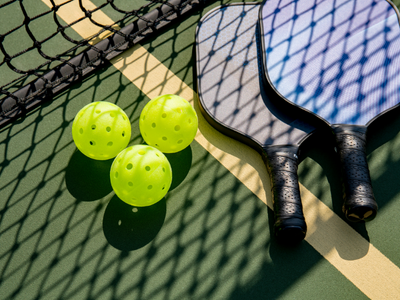
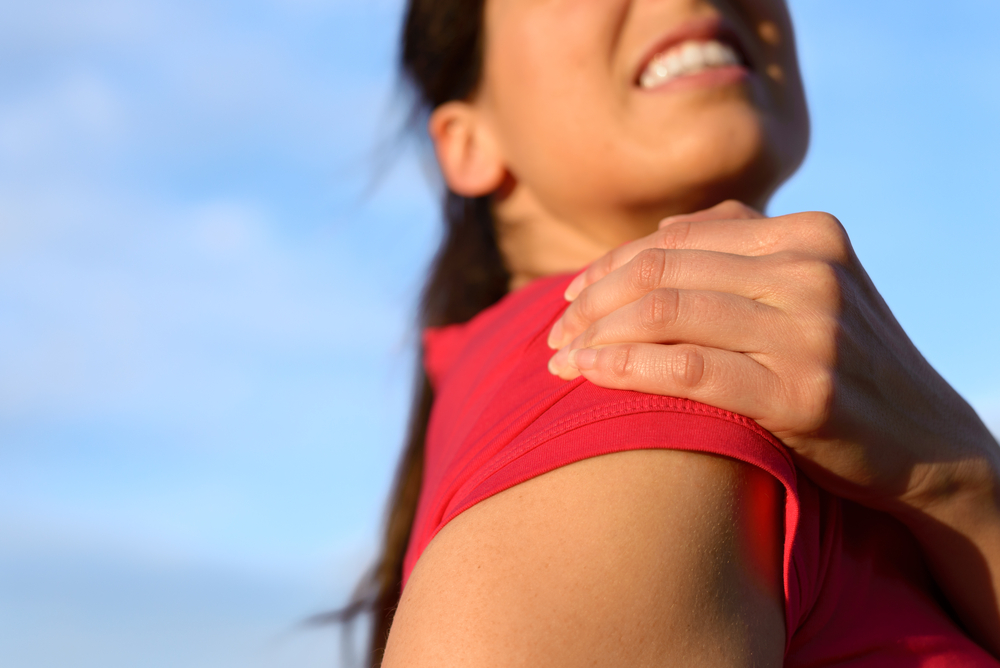
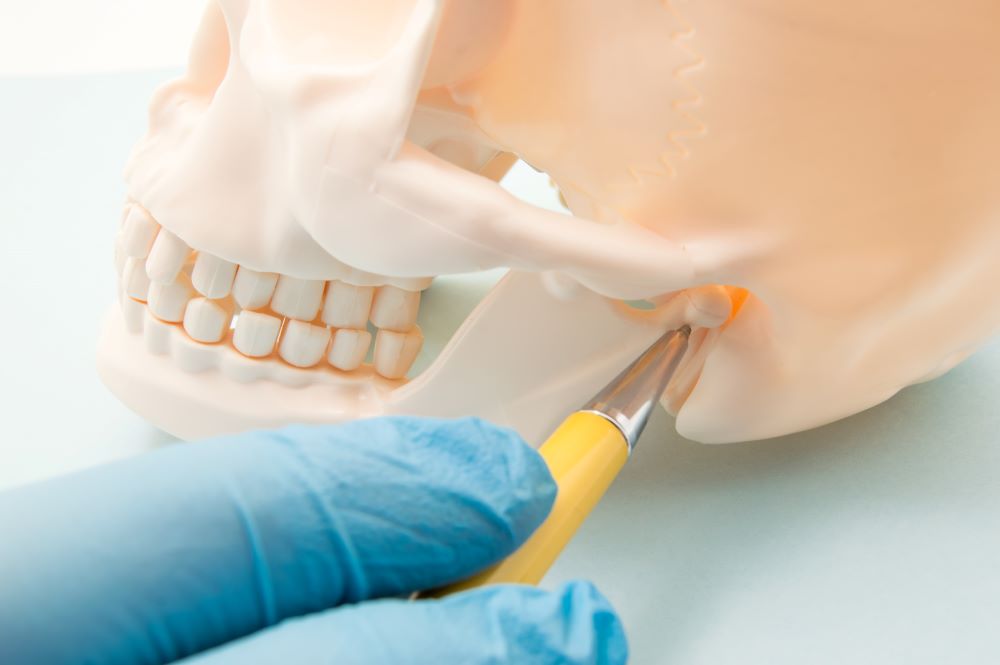


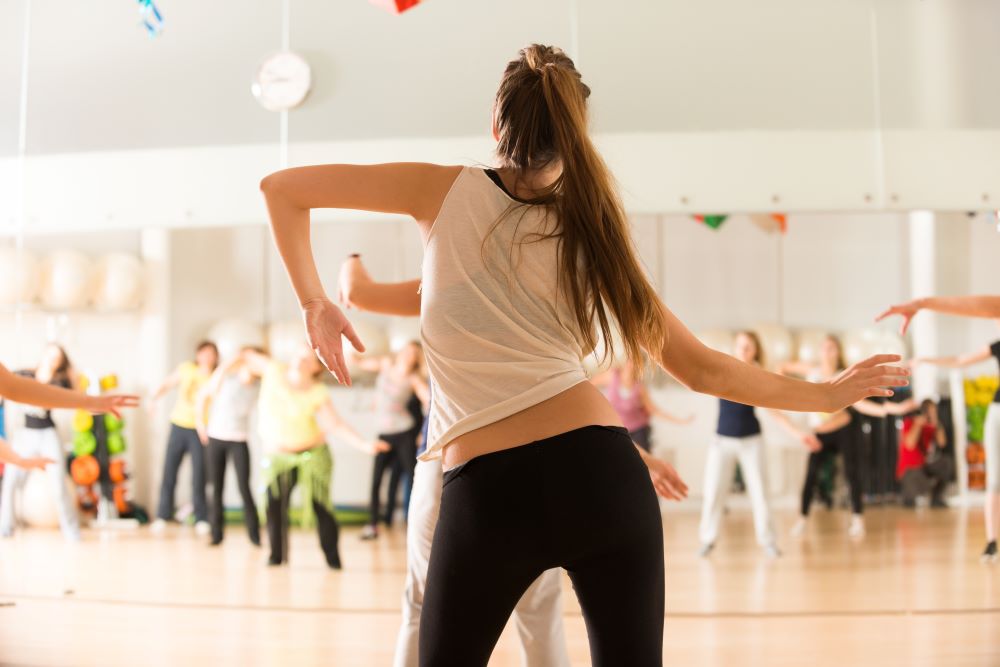
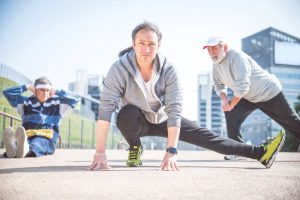
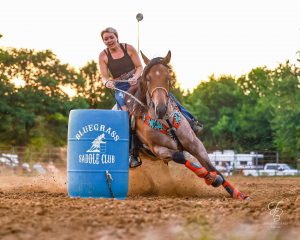
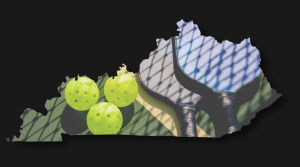
Recent Comments